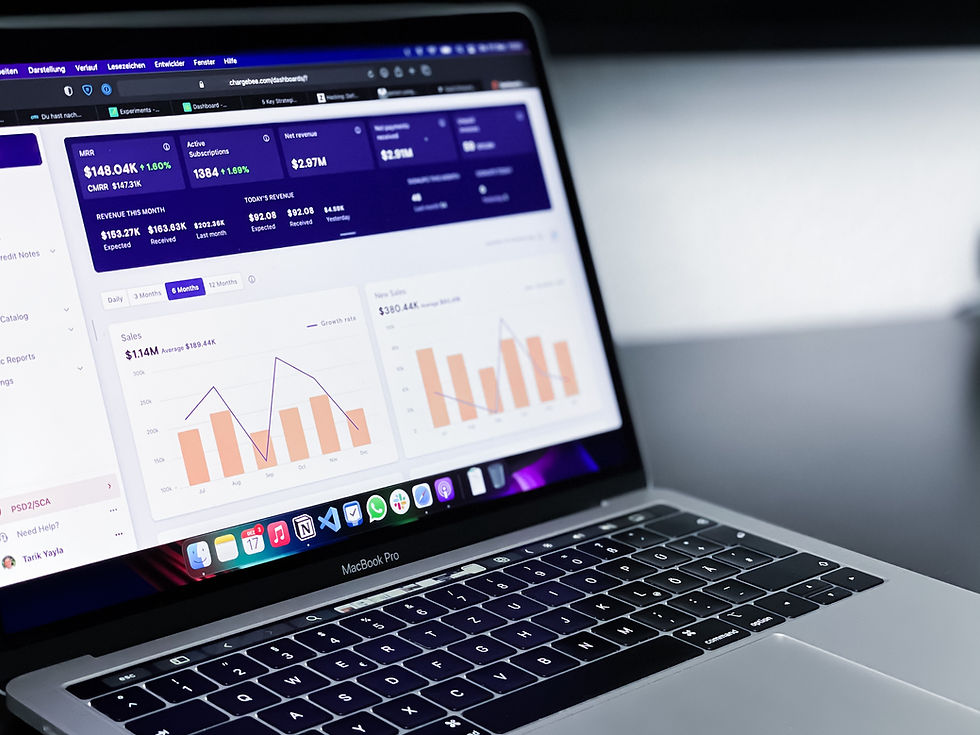Demystifying Artificial Intelligence and Machine Learning in Data Analytics
- Travis Hall
- Jun 30, 2023
- 2 min read

Artificial intelligence (AI) and machine learning (ML) have established themselves as significant pillars of modern technological advancements. In the sphere of data analytics, AI and ML play a game-changing role, presenting solutions to an array of complex challenges. This article aims to decode the intricate realm of AI and ML, elaborating on their functions, benefits, and real-world applications.
Unraveling Artificial Intelligence
Artificial intelligence, or AI, is a specialized domain of computer science that focuses on creating intelligent agents - systems with the capacity to learn, reason, and function autonomously. Though AI has been the focus of research for decades, it's only in recent years, with the proliferation of extensive datasets and robust computing power, that we've witnessed its practical implementation on a grand scale.
One of the most prominent subfields of AI is machine learning. It is a science of developing algorithms that are capable of learning from data and improving from experience, without being explicitly programmed to do so.
Demystifying Machine Learning
Machine learning (ML) is a type of artificial intelligence that enables software applications to improve their performance over time, without the necessity of explicit programming. ML algorithms are trained on large datasets, and they enhance their prediction accuracy as they process more and more data. This evolution is possible because ML algorithms learn to recognize patterns in data that correlate with particular outcomes.
The Intersection of AI and ML in Data Analytics
In the realm of data analytics, AI and ML are deployed to address an array of complex issues. Some of the most prevalent applications include:
Fraud detection: AI and ML algorithms can identify unusual patterns in customer behavior, which helps detect fraudulent transactions. For instance, if an account registered in the United States suddenly starts making transactions from a remote location, the system flags this as a potential fraud case.
Customer segmentation: AI and ML algorithms can divide customers into distinct groups based on shared characteristics like buying habits, demographics, or product preferences. This segmentation allows for targeted marketing campaigns, leading to improved customer engagement and increased sales.
Risk assessment: AI and ML algorithms can assess the risk associated with specific events. In the finance sector, for example, these algorithms help decide credit limits for customers by analyzing their financial history, loan repayments, and credit scores.
Predictive maintenance: AI and ML can predict when a piece of equipment is likely to fail. By analyzing patterns in historical data such as past breakdowns and maintenance records, companies can schedule preventative maintenance, saving costs associated with sudden breakdowns.
These examples represent only the tip of the iceberg when it comes to AI and ML applications in data analytics. As technological development accelerates, we can expect to witness an increasing number of innovative solutions powered by these tools.
AI and ML are potent technological tools with the potential to reshape how businesses operate. They offer valuable insights, enable efficient decision-making, and provide businesses with a competitive edge. However, understanding these complex technologies is the first step towards harnessing their power.
By demystifying AI and ML, we aim to equip businesses with the knowledge to integrate these tools into their operations and strategy, propelling them towards unprecedented success. In the era of data-driven decision-making, these technological marvels stand as the bedrock of innovation and advancement.



